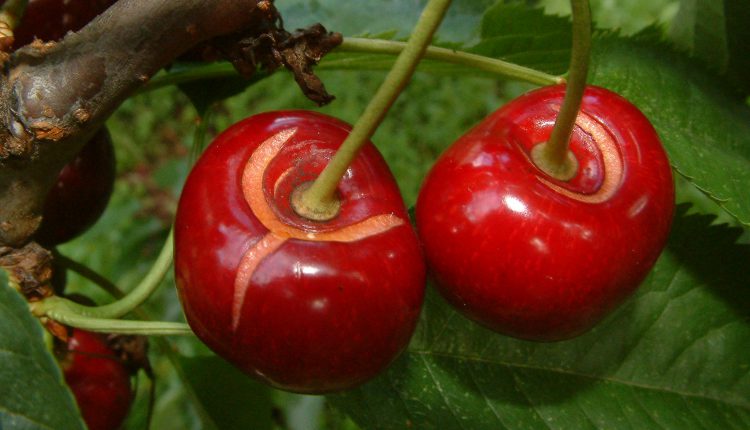According to the EastFruit team in Moldova, the leading horticultural enterprises of Moldova are to start harvesting late-ripening cherries at the end of this week or early next week. Most of the cherries are intended for export to Russia and Belarus. The heads of the leading farms are not optimistic about the upcoming active stage of the marketing season: the quality of cherries and the conjuncture on thw market raise concerns.
They note that on the eve of the most intensive export of Moldovan cherries, the demand for it in Russia is relatively low, and the prices on the Russian market is not favorable for suppliers – within 140-180 RUB/kg ($ 1.9-2.5 US dollars), while exporters from Moldova hoped for 200 RUB/kg ($ 2.75) and more.
However, it is not entirely clear what caused such expectations. The prices for cherries in Russia this year are the same as in the previous two years. High-quality cherries are now sold on the domestic market of Russia at $ 2.45-2.50. The same price was in 2020 and 2019 on the same dates.
There are also serious changes in terms of product quality. Cherry suppliers from Turkey, Iran and Azerbaijan became more active in the Russian market in 2021. In Uzbekistan, prices for cherries are currently lower than last year’s and export continues. The production of cherries in the southern regions of Russia also continues to expand, and their supply on the market is increasing. This means that importers and traders of the Russian market have a much wider choice, and here the quality of cherries becomes important.
However, there are a lot of problems with it. Most Moldovan farmers do not have a detailed idea of the quantity and quality of cherries for export yet. Some of them complain that even unripe fruits have begun to crack due to excessive rainfall. If diseases spread in the cherry orchards, the yield losses will be high, and its post-harvest logistics will be very difficult. Taking into account the current developments, sanitary treatments are carried out, raindrops from the fruits are blown off by sprayers in farms that have an appropriate technological base, when the weather permits. However, these methods do not give a 100% guarantee.
Given the experience of the last few years, some leading horticultural companies have decided to invest in anti-rain and anti-freeze systems, as well as in the renewal of plantations with varieties that are resistant to fruit cracking.
In addition, it is obvious that now we need to think about purchasing lines for optical sorting of cherries, as well as diversifying exports. For example, this year you can make good money on the export of cherries to the EU countries. However, the quality requirements and competition there are even higher than in the Russian market.
Moldova, by the way, is one of the ten largest glba exporters of cherries in terms of volume. In 2020, the diversification of its cherry exports started, as the first bulk shipments were sent to Sweden, Poland, Latvia, Croatia and Lithuania.
The use of the site materials is free if there is a direct and open for search engines hyperlink to a specific publication of the East-Fruit.com website.




